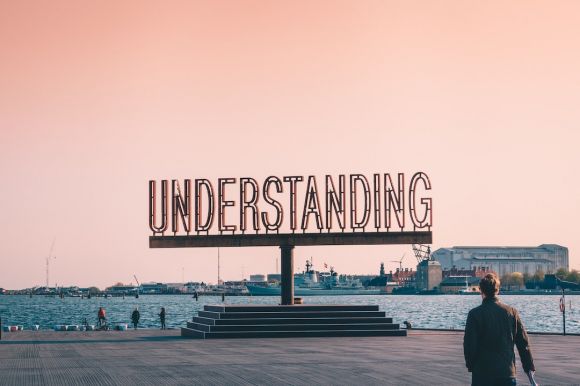Difficult conversations are an inevitable part of life. Whether it’s discussing sensitive topics with family members, addressing conflicts at work, or engaging in debates with friends, these conversations can often lead to tension and misunderstandings. However, by approaching these discussions with empathy and understanding, we can foster more productive and meaningful conversations. In this article, we will explore strategies to navigate difficult conversations and how empathy can play a crucial role in building bridges and finding common ground.
Creating a Safe Space for Dialogue
One of the first steps in having a difficult conversation is to create a safe space for dialogue. By establishing an environment where all parties feel comfortable expressing their thoughts and emotions, we can encourage open and honest communication. This can be achieved by actively listening, avoiding interrupting, and showing genuine interest in the other person’s perspective. When we make an effort to understand the emotions behind someone’s words, we increase the likelihood of finding common ground.
Putting Yourself in Their Shoes
Empathy is a powerful tool when it comes to understanding others. Instead of immediately jumping to conclusions or dismissing someone’s viewpoint, try putting yourself in their shoes. Consider their background, experiences, and beliefs that may have shaped their perspective. By doing so, we can gain a deeper understanding of their motivations and values, paving the way for a more compassionate and respectful conversation.
Listening with Intent
Listening is a key component of effective communication, especially during difficult conversations. However, it’s not just about hearing the words being spoken; it’s about actively listening and understanding the underlying emotions and concerns. Practice listening with intent by focusing on the speaker’s body language, tone of voice, and non-verbal cues. This will help you gain a more comprehensive understanding of their message and enable you to respond in a more empathetic and understanding manner.
Acknowledging Emotions
Emotions often run high during difficult conversations, and acknowledging them can help diffuse tension and foster a more empathetic dialogue. Instead of dismissing or downplaying someone’s feelings, validate their emotions by saying things like, “I can see why you feel that way” or “It sounds like this situation is really important to you.” By acknowledging their emotions, you create a space for them to feel heard and understood, which can lead to a more productive conversation.
Seeking Common Ground
Finding common ground is essential in any difficult conversation. Despite our differences, there are often areas where we can agree or find shared values. By actively seeking common ground, we can shift the conversation from a confrontational tone to a more collaborative one. This can be done by highlighting shared goals or values and focusing on areas of agreement rather than solely on differences. When both parties feel heard and understood, it’s easier to find solutions and move towards resolution.
Conclusion: Building Bridges through Empathy
Difficult conversations can be challenging, but by approaching them with empathy and understanding, we can build bridges and find common ground. Creating a safe space for dialogue, putting ourselves in the other person’s shoes, listening with intent, acknowledging emotions, and seeking common ground are all strategies that can help foster more empathetic and productive conversations. Remember, empathy is a powerful tool that allows us to connect with others on a deeper level, leading to greater understanding and harmony.





